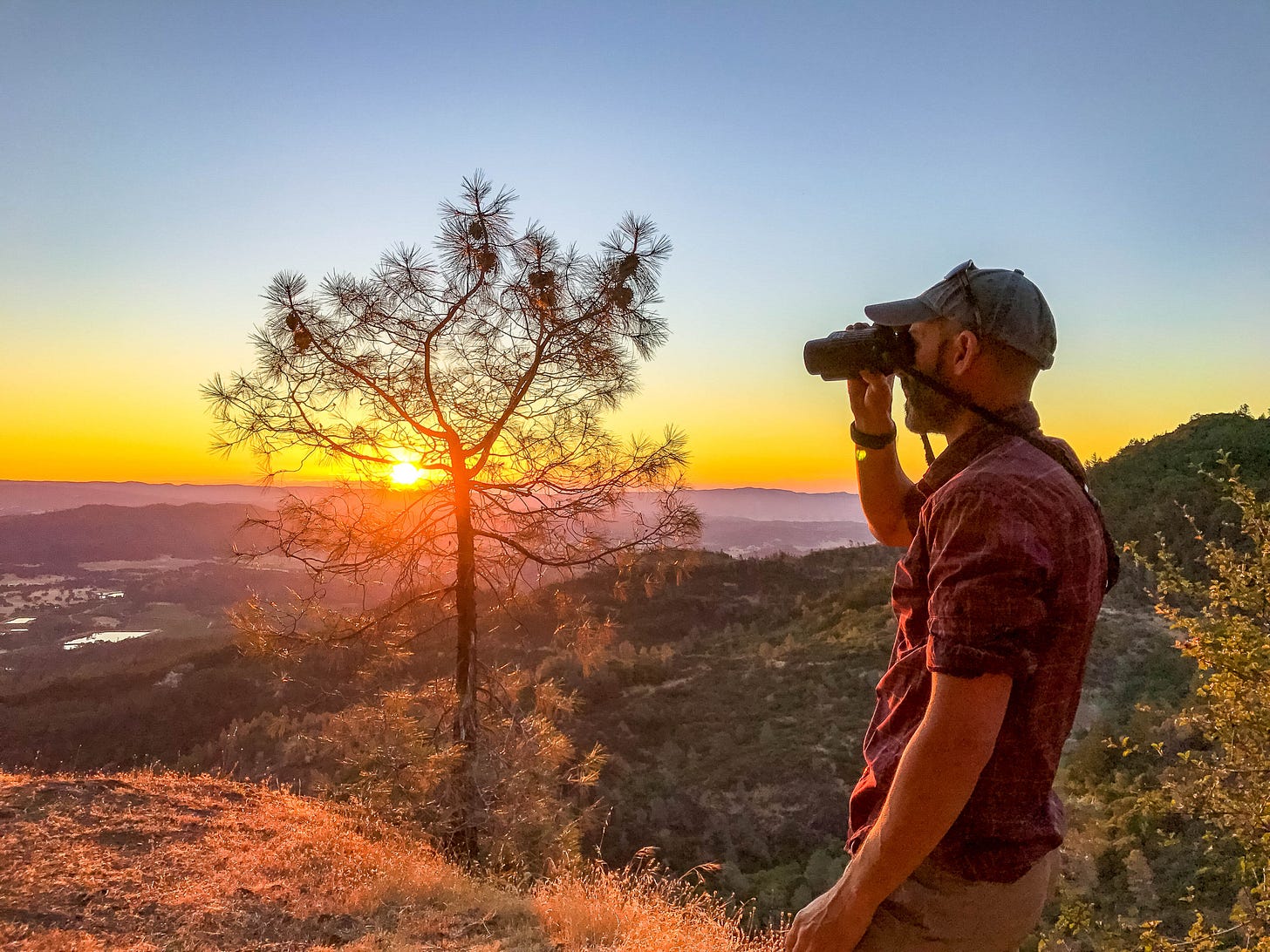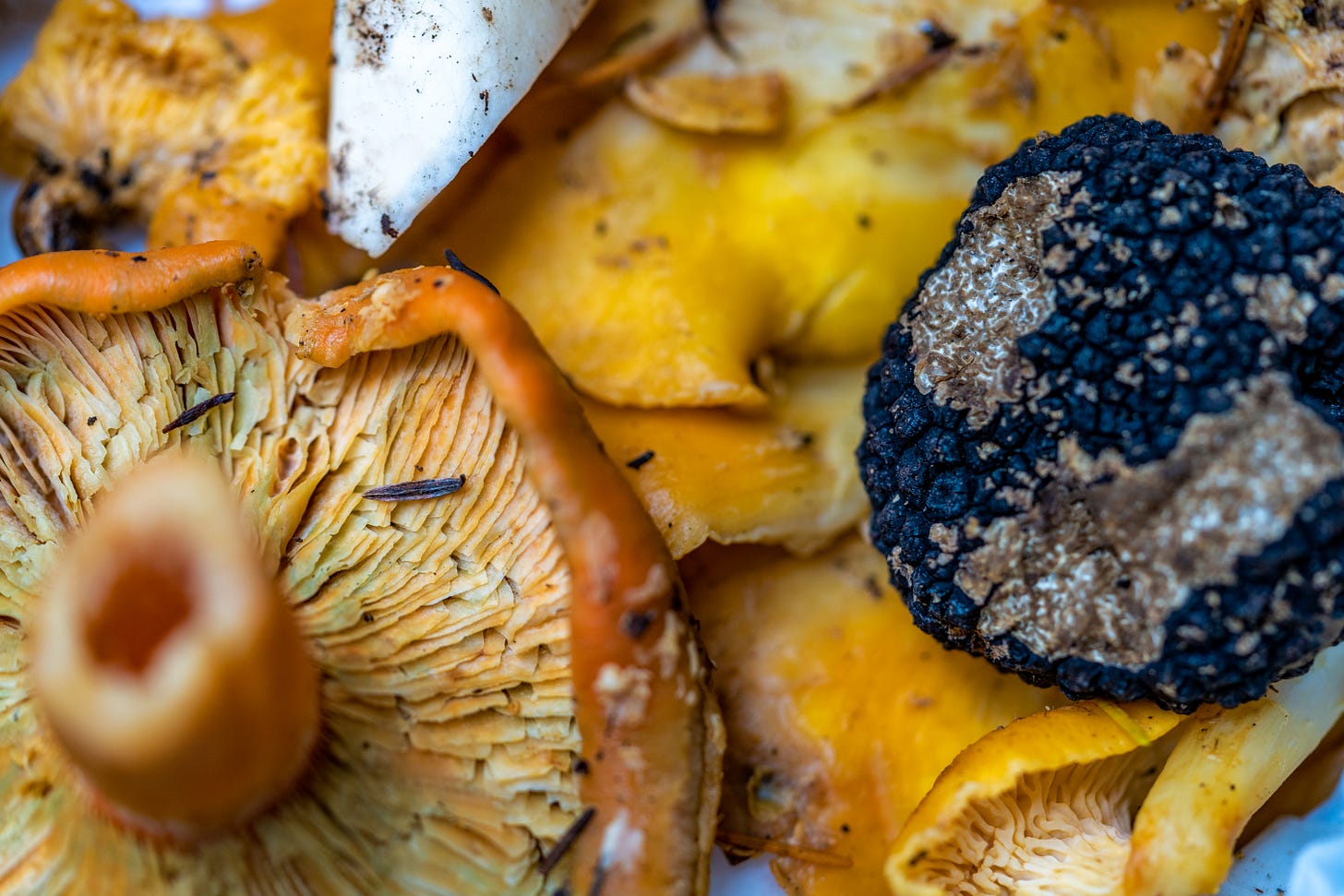Sunday E-dition: Napa Valley Features is online news, features & information source
By Dave Stoneberg
NAPA VALLEY, Calif. — It's not news that local newspapers are hurting. Income from local and national advertising is dwindling, and subscriptions rates are skyrocketing for local readers, while printing and distribution costs are through the roof. It’s no wonder that newspapers are shifting their resources to producing news stories digitally rather than supporting print newspapers.

I’ve been a journalist working at local newspapers for my entire career, starting in 1977, when I graduated from Northern Illinois University in DeKalb, Illinois, and began working for Ken Hildreth, editor of the Batavia Chronicle. My last newspaper job was editor of the St. Helena Star. Doug Ernst hired me as a reporter in August 2006. I retired after 14 years in September 2020.
The first edition of the St. Helena Star was published Sept. 25, 1874. During its 149-plus-year history it has had 14 publishers/editors, two of whom served for 50 years, Frank Mackinder (1887-1937) and Edward Starr Baldwin (1933-1983.) Currently, the editor is Jesse Duarte, who has been with the paper since 2006 and editor since 2021. (There’s a cool exhibit at the St. Helena Historical Society’s Heritage Center called “City of Immigrants: An American Story,” and as part of that exhibit there’s a display of artifacts from the St. Helena Star. The Heritage Center at 1255 Oak Ave. is open from noon to 4 p.m. the first Saturday of each month.)
Since last May, I have been reporting on the Napa Valley for an online news, features and information service called Napa Valley Features. Our stories are available at our news feed or here.

Calistoga resident Tim Carl, a freelance writer and photographer, came up with the idea and created the structure last May. Since that time we’ve published 380 stories — nearly all of them at 6 a.m. and a few others at 10 a.m., seven days a week. We have thousands of readers, but only about 25% have invested as paid subscribers. Our business model is to provide access to all of our stories for free except for the Saturday “Under the Hood” stories that began Feb. 1 and are just for paid subscribers.
The business model: Ad-free stories — we don’t sell advertising — is based on the public radio model: If you find value in what we do, we expect that you will subscribe. If you cannot afford the $8 a month or $60 a year, please share, like and comment as that helps spread the word.
On a recent morning the lead story was from Cindy Watter, a member of the UC Master Gardeners program. She wrote about Gordon A. Walker, a local mushroom enthusiast, who told us where anyone can find fungi in Napa County.
Tuesday’s story was mine, Two exhibits (“City of Immigrants: An American Story”) examine 100 years of historic immigration into Napa Valley. I write one story each week, with occasional Sunday pieces. The benefit of writing only one story a week is that I can take my time with them, and because they are online rather than in a printed newspaper, they can be longer rather than shorter.
Monday’s story was from Kathleen Scavone, a regular contributor who told us now is the time to head to Moore Creek Park to see the amazing spring wildflowers. The park is on the shores of Lake Hennessey.
The most popular single story we’ve published since May is Tim Carl’s “Is the wine boom over?” It was published on Jan. 4. Ten people paid for a subscription that day, and an astonishing 148 people signed up for a free subscription. The story is part of Carl’s ongoing series of Napa’s wine-based economy. This particular story investigated the consequences of a declining and aging population with less real disposal income, changing tastes and a slowing global economy.
Personally, I thank all of you who have paid for a subscription in the past 11 months. As a writer, that’s how I get paid. Seventy percent of all the money that comes in goes directly to the two dozen or so writers who make up Napa Valley Features. The remaining 30% is for operational costs and a contingency fund to pay our two copyeditors.
I encourage all of you who enjoy our stories for free to invest in supporting local journalists who work to bring you local news and information. I know people are reading our stories and value what we’re doing because they keep telling me that and then asking me about stories they’d like for me to write.
Last week Monica Stevens, co-founder of Jameson Humane with her late husband, David, called with a great tip that I will write about soon.

What is Napa Valley Features?
The history of the 11-month journey of Napa Valley Features can be seen in occasional reports Carl posts to our online company workspace. On May 20, he sent a message to the rest of the writers: “This is a big week for a bunch of reasons. First, we have a lot of new subscribers who are trying to figure out what we are all about. Tim and Michael Mondavi and Tor Kenwood signed up yesterday, along with some of their colleagues.”
The following day he wrote that we had nearly 700 subscribers, a new website, a new concept and a new team.
He added his vision for Napa Valley Features: “What we are creating has the potential to provide a venue for local talent to thrive, share valuable content and be compensated in a manner that encourages quality and impact. It also has the potential for scale (e.g., other communities are looking for such solutions), to be a valued community resource and provide a buffer against out-of-state bean-counters wreaking havoc on a needed element of any healthy society — the ability to convey local information/news honestly, accurately and timely. I am not suggesting that we are saving local journalism or that local newspapers are dead. What I am saying is that we are developing an alternative model that has the very real potential of making a difference. The key elements to me are fairness, transparency and creating a structure that is not cumbersome or a hindrance to creativity/our mission/or quickly moving forward.”
At the beginning of June, Carl wrote, “The momentum continues to build and the feedback has been universally positive. Now all we have to do is keep up the quality and consistency!” By June 9, he wrote: “We have reached a significant milestone in our first month — securing nearly 900 enthusiastic subscribers, a dozen contributors and more than 30 posts. This is indeed a moment to celebrate.” At the end of the month, we hit 1,000 subscribers. Always with his posts, he writes, “Congratulations everyone and thank you for all your excellent/hard work.”
In the following month, we passed 1,200 subscribers, and one of our contributors, Rosemarie Kempton, asked, “Besides writing interesting stories, what else can we do to obtain more subscribers?”

Carl’s answer: “The key to our success and sustainability is to focus on creating exceptional content that informs, connects and is non-incendiary. As of July 24 at 11 a.m. we now have 1,293 subscribers, 395 of which are paid (32.7%). So certainly encourage people to share Napa Valley Features content and share your own enthusiasm with those who you think might value our services, but it is CONTENT that is at the core of our success, so please consider spending 99% of your effort in that direction. We are making a positive impact on the local community, and I am grateful for everyone’s efforts, energy and expertise.”
Through the fall
In August, we reached 1,500 subscribers. And we continued to grow the number of subscribers through September, reaching 1,900 subscribers by Oct. 3. The following day, Carl wrote, “I am pleased to announce that we’ve reached another significant milestone: 2,000 subscribers — this time in 36 hours. Your dedication and hard work have been instrumental in achieving this. Thank you for being a part of this journey, and let’s continue to aim higher as we move forward.”
A few days later, Carl wrote of another milestone reached, “Our content has now been viewed more than 100,000 times. This achievement reflects the consistent effort and quality work from each member of this team. From our start date on May 6 to today, Oct. 7, a total of 155 days have passed. Based on these numbers, we have averaged approximately 645 views per day. In this time, we’ve also published 191 articles and over 700 photos. Whew. Let’s focus on maintaining this level of engagement and aim for the next milestone — becoming a key source of objective, thoughtful, non-incendiary content that is hyper-local in focus and does not shy away from challenging but important topics.”
Thanksgiving Day
Carl wrote, “On this day of gratitude, we should acknowledge the incredible work we’ve collectively accomplished at Napa Valley Features. Our shared dedication, creativity and energy are the driving forces behind our publication’s success and its growing connection with the community. It’s inspiring to see our collective efforts result in a growing subscriber base, now over 2,400 strong. This milestone speaks to the relevance and impact of the content we create together. I am deeply grateful for your contributions and the talents each of you brings to our team. Together, we continue to build Napa Valley Features into a valued community asset that enriches, informs and connects. Thank you for your continued commitment and hard work. Wishing you all a Thanksgiving filled with joy and appreciation.”
On Dec. 1, Carl wrote that we had nearly 2,500 subscribers. He added, “We’ve observed a notable shift in our paid subscription rates. From an initial rate of approximately 30%, there was a dip to about 5%, which has fortunately risen to nearly 20% recently. Our journey so far has been impressive, but challenges lie ahead. By continuing to produce exceptional content and reinforcing our commitment to a public radio model — free from advertising and reliant on subscriber support — we can navigate these challenges together.”
At the end of 2023, Carl noted that we had nearly 2,700 subscribers.
He wrote the following on Jan. 20: “We now have 3,027 subscribers. Grateful to everyone who is working so hard to make Napa Valley Features a valued community resource. Please remember, sharing, liking and commenting on any of our stories is a great way to support Napa Valley Features.”
The following month, Carl wrote: “We just passed 3,200 subscribers! This is incredible. Your hard work and dedication are the backbone of our success and make NVF a valued source of information and insights for our growing community of subscribers.”
Paul Franson, one of our columnists, wrote back: “Amazing! Congratulations! Who says local journalism is dead?”
Indeed.
Levity Corner
Caption contest. Pick your favorite caption or add your own in the comments below
Vote for your favorite in the poll below (there’s not enough room in the polls for the complete answers).
So, what’s going on in your neck of the woods?
Neighbors have stories, too?
Community voices matter.
Local issues need local heroes!
Other. Please include your own caption in the comments below.
Last week’s caption contest had neck and neck winners:
Honestly, Parker, I feel like we're just two peas in a podcast. (41%)
Don't miss this week's episode, where we shell out advice on pod-casting! (35%)
Last Week
In "Under the Hood: Ray Ray’s Tacos Adds Spice to St. Helena’s Expanding Food Scene," Carl highlighted the launch of Ray Ray's Tacos in St. Helena, a Texas-style breakfast taco eatery started by Rachel (Ray Ray) Williams, a Culinary Institute of America alum. This establishment is a key part of St. Helena's growing culinary landscape, which was extensively detailed in our article through a comprehensive list of local eateries. The piece discussed the town's challenge of supporting an expanding number of restaurants amid tourism dependency and market fluctuations.
In the "Sunday E-dition: Women’s History Month, her stories discovered," Sasha Paulsen explored the value of Women's History Month, initially skeptical of its need alongside trivial days such as National No Pants Day. She highlighted the impact of women like Jane Austen and the perspectives shared by Virginia Woolf in "A Room of One's Own," ultimately recognizing the importance of the month in uncovering lesser-known yet significant contributions of women. Paulsen’s article, drawing on stories from Napa Valley historian Rebecca Yerger, emphasized how Women's History Month brings to light diverse and impactful stories of women, from Victorian painters to renowned authors.
In "Discover spring at Moore Creek Park," Scavone highlighted the beauty of Moore Creek Park in St. Helena, a natural oasis that boasts oak woodlands, open spaces and a rich Indigenous heritage. The park offers various trails for outdoor activities and is a springtime spectacle with vibrant wildflowers and diverse wildlife. Scavone's piece encouraged visitors to experience the rejuvenating qualities of this Napa County park.
In "Two exhibits examine 100 years of historic immigration into Napa Valley," Stoneberg explores two exhibits at the Napa County and St. Helena Historical Societies that showcase the diverse cultural impact of immigrants in Napa Valley from 1820 to 1920. The exhibits highlight the contributions of various groups, including Californios, Europeans and Chinese laborers, to the region's development, especially in the wine industry. Stoneberg emphasized the Chinese community's significant role and the challenges they faced, underscoring the rich, multicultural history of the valley.
In "Finding fungi in Napa County: Insights from a local mushroom enthusiast," Cindy Watter featured Gordon A. Walker, a biochemist and mushroom aficionado who shares his knowledge about wild mushrooms. Walker, who runs "Fascinated by Fungi," offers educational resources and guided mushroom walks. The article emphasized the importance of accurate identification for safe foraging, recommending resources such as "Mushrooms of the Redwood Coast" and the iNaturalist app. It also discussed home cultivation, particularly oyster mushrooms, and advised caution against potentially poisonous varieties, highlighting the captivating and educational world of mycology.
In his article "Dan Berger's Varietal Views: Delving into riesling's complex profile," Berger inaugurated a series on California grape varieties, focusing first on riesling. He highlighted the distinctiveness of riesling, noting its specific soil and climate needs and its varied aroma profile, which ranges from fresh applelike scents in younger wines to mature petrol notes in older ones. Berger showcased the 2022 Donnhoff Riesling, Trocken, Pfalz, as an exemplary model, underscoring riesling's complexity and aging potential. The piece accentuated the dedicated following of riesling enthusiasts and their appreciation for the grape's unique characteristics, capturing the essence of the wine-tasting experience and riesling's special role in it.
The Weekender listed Napa Valley events and happenings as well as volunteer opportunities on Friday. On Saturday, Carl’s “Under the Hood” feature zeroed in on how luxury tourism is likely to dramatically change in the coming decade. His story was titled: “The End of Tourism as We Know It.”
Next Week
On Monday, long-time newspaper columnist Lynne Champlin tells a lovely story, with help from Sasha Paulsen; Stoneberg’s article about the spectacular Warrior Dogs exhibit at the Napa Valley Museum Yountville will be published; the UC Master Gardeners will give us tips on how to be better gardeners, as well as briefs about upcoming events; Berger continues his examinations of wine varietials; The Weekender will give you a quick heads-up on weekend and future events; and Carl’s “Under the Hood” series continues.
If today’s story captured your interest, explore these related articles:
Black Sears family donates land to help create wildlife corridor
Calistoga to ban use or sale of foodware polystyrene plastics
Dave Stoneberg is an editor and journalist who has worked for newspapers in both Lake and Napa counties.











The mountain I climbed once.
Keep up the good information, easy to read, clear and interesting/informative